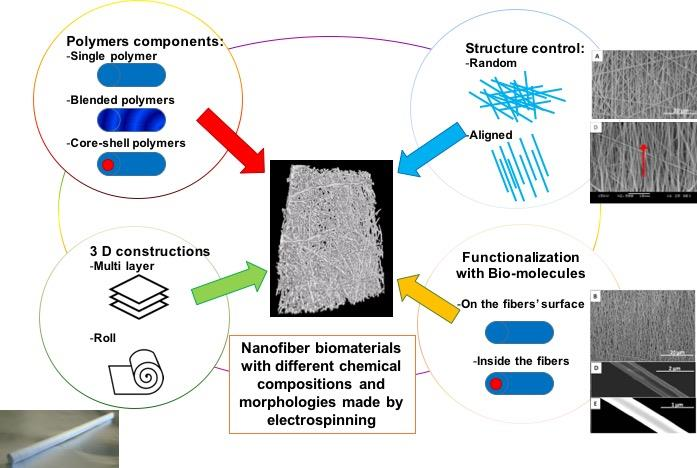Kraków is one of the most beautiful cities in Poland, having many historical spots that are worth seeing. Besides its historical values, Kraków is also a students’ city with more than 20 universities with the oldest one in Poland – Jagiellonian University, our alma mater. The Department of Chemistry, where the conference will take place, has a new and modern facility, which favors scientific creativity and allows for the development of research. I strongly believe that this will also be a great and inspiring place for our conference.
The aim of this year’s workshop is to bring together both young and experienced scientists working in the field of functional nanomaterials to present and exchange their knowledge and experience. The conference topic meets worldwide trends in science, which are focused on health protection (e.g., implants, biosensors, drug delivery systems), energy conversion and storage, and environment protection (e.g., electrocatalysis, water purification, renewable energy sources). Therefore, the proposed session’s topics cover all aspects of the synthesis, characterization, and applications of functional nanostructured materials that may be used as biomaterials, materials for energy purposes and materials applied in electrochemistry. Finally, electrochemistry can also be a very useful tool allowing the fabrication of various nanostructured materials. Therefore, some attention will also be focused on this aspect during the conference.
It should be emphasized, that this year’s edition of the conference will also be focused on the development of other useful scientific skills, like writing good quality research papers, spreading scientific achievements or writing a proper research proposal. I hope that such workshops will be a great possibility to learn new things and to exchange knowledge and share experience between scientists on different career levels.
Versatile method of electrospinning allows of obtaining of numerous fibrous structures with fibers in range from nanometers to micrometers. By varying the process parameters and by modifications of utilized set-ups, it is possible to fabricate not only constructs with different patterns of fibers (e.g. random, aligned), but also with diverse dimensions and shapes (mats, multilayer systems, cylinders, fluffy foams etc.) and different structures of fibers itself (core-shell fibers, hollow fibers). High similarity of electrospun nanofibers to natural fibrous structure of native extracellular matrix (ECM) make them promising substrate to be applied in tissue engineering (TE).

Fig1
Titanium and its alloy titanium are mainly used in dental prosthetics. Requirements of the materials must be met to provide its application in medicine, especially when their surface is modified. The surface treatment of the material should be relatively simple to obtain an implant with the required dimensions. The surface modification of metals by the plasma electrolytic oxidation (PEO) caused the formation functional coatings which might be post-treated using e.g. polymers or ceramic particles.
Surface of the Ti alloy was anodized in 0.1M Ca(H2PO2) solution according to the procedure presented in paper. Fast-degradable layers of poly(sebacic anhydride) (PSBA) or poly(lactide-co-glycolide) (PLGA) with loaded drugs were formed on the anodized surface. Surface morphology, chemical composition, drug released and its stability, degradation of the polymers, as well as biological analysis of the materials were examined.
After 7 days of the material immersion in artificial saliva, the layers were degraded by 20.7 mol.% and 77.8 mol.%, when the PSBA and PLGA were used. The polymeric layers might be loaded with amoxicillin, cefazolin, vancomycin, doxycycline or clindamycin. The concentration drugs in coatings is between 20-100 μg, however it is enough to inhibit bacteria adhesion, bacteria growing and the surfaces are still cytocompatible. Fig. 1. presents representative morphology of the hybrid layer, and determined surface roughness. The anodized Ti alloy surface is favorable for post-treatment and the formation of a hybrid, oxide-polymer layer loaded with selected drugs.
上一篇: 高质量等离子体增强化学气相沉积氮化硅薄膜
下一篇: InP晶体管的热管理改进方法